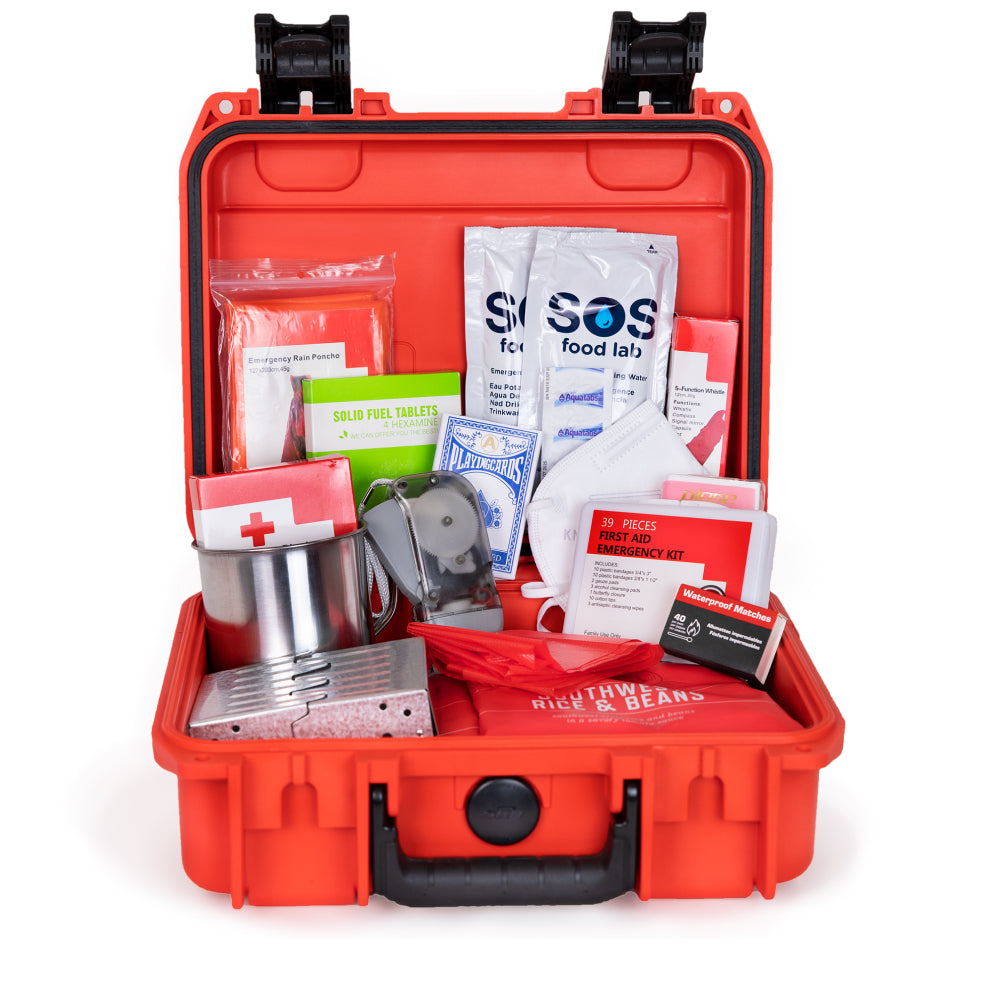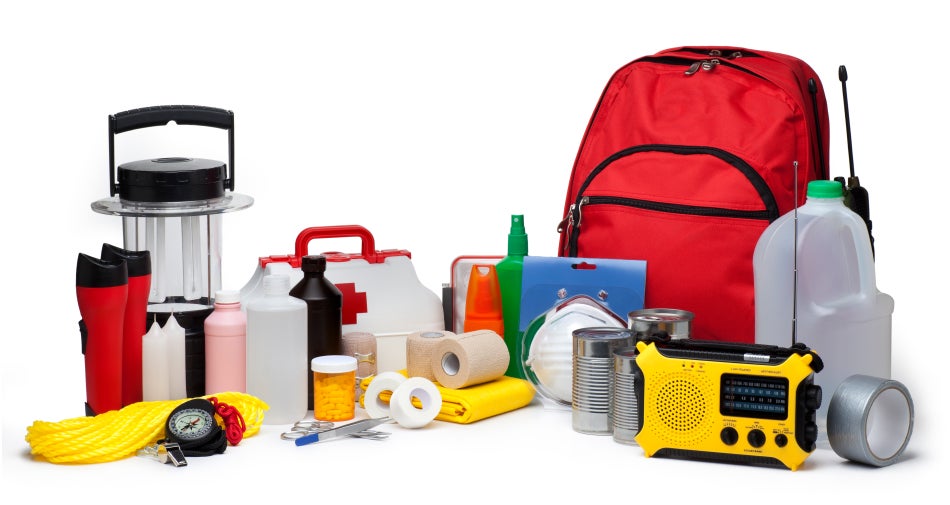Important Emergency Readiness Tips for Survival
From assembling a well-appointed emergency package to establishing clear interaction channels and emptying courses, there are a number of crucial actions that can make a substantial distinction in the face of hardship. By proactively addressing these crucial facets of emergency readiness, you can significantly improve your chances of survival in difficult scenarios (EMERGENCY PREPAREDNESS).
Building an Emergency Situation Package

Begin by consisting of non-perishable food products like canned products, granola bars, and dried fruits that have a long service life and do not need cooking. Remember to pack a manual can opener. Additionally, store at the very least one gallon of water per person daily for a minimum of 3 days in tough containers.
Standard emergency treatment materials are critical. Consist of products such as adhesive tapes, antiseptic wipes, painkiller, and any type of required prescription medications. A flashlight with extra batteries, a multi-tool, and a whistle need to additionally remain in your set. Finally, maintain duplicates of essential files like identification papers, insurance coverage, and emergency call information in a water-proof container. By assembling a well-balanced emergency package, you can better prepare yourself for unanticipated events and raise your possibilities of staying secure during a situation.
Establishing an Interaction Plan
Putting together an emergency package with crucial materials sets a solid structure for preparedness; currently, transforming to the development of an interaction strategy is important for guaranteeing reliable sychronisation and information circulation during times of crisis. A well-balanced communication strategy is essential for keeping individuals notified, connected, and secure in emergency scenarios. Use multiple interaction methods such as message messages, phone calls, social media, and emergency situation alert systems to make certain info gets to everybody without delay.

Establishing Emptying Paths
To make certain reliable emergency action and precaution, developing clear evacuation courses is vital in readiness planning. Emptying courses should be predetermined and connected to all people in a given area to make sure a swift and arranged evacuation in times of crisis. When establishing emptying courses, it is necessary to think about numerous alternatives to account for different scenarios, such as fires, floods, or other emergency situations that might obstruct key retreat courses.
The picked evacuation routes should result in assigned risk-free areas where individuals can seek shelter and await additional directions or help (my latest blog post). These courses must be easily available and well-marked, taking into account the requirements of all people, including those with handicaps or mobility constraints. Normal drills and practice runs along these emptying courses can help familiarize individuals with the escape paths and make certain an extra effective evacuation procedure throughout real emergencies
Along with physical discharge routes, it is important to have different interaction methods in position to relay emptying directions and updates properly. By developing and frequently examining discharge courses, neighborhoods can boost their total emergency situation preparedness and reaction abilities.
Discovering Basic Emergency Treatment
One essential element of emergency readiness is getting understanding in fundamental very first aid treatments. In times of situation or catastrophe, being able to provide immediate clinical help can make a considerable difference in conserving lives. Understanding fundamental very first aid outfits people with the skills to respond and assess to clinical emergencies and usual injuries successfully.
Basic emergency treatment training generally covers essential strategies such as CPR, injury care, bandaging, splinting, and recognizing indicators of shock or breathing distress. helpful resources. Recognizing just how to carry out these standard treatments properly can support a person's condition until professional clinical aid gets here
In addition, having a standard very first aid set readily available is essential in emergency scenarios. The package must include vital materials like plasters, antiseptic wipes, gauze pads, glue tape, tweezers, handwear covers, and scissors. Recognizing exactly how to utilize these things appropriately can avoid infections, stop hemorrhaging, and offer convenience to those in requirement.
Securing Vital Papers

Conclusion
Building an emergency package, developing a communication strategy, developing discharge routes, discovering standard initial aid, and securing crucial records are important steps to take. It is crucial to focus on emergency situation preparedness to guarantee readiness for any type of possible situations that might arise.
From putting together a well-appointed emergency situation package to developing clear interaction networks and evacuation routes, there are several important steps that can make a considerable distinction in the face of difficulty.To make certain reliable emergency situation feedback and safety measures, establishing clear emptying routes is critical in preparedness planning. When establishing evacuation routes, it is vital to think about several choices to account for different situations, such as fires, floods, or other emergency situations that might obstruct main escape routes.
Normal drills and technique runs along these discharge paths can assist familiarize individuals with the retreat paths and guarantee a more reliable discharge process throughout real emergencies.
Building an emergency situation package, establishing a communication strategy, developing emptying routes, finding out fundamental first help, and protecting vital documents are crucial steps to take.